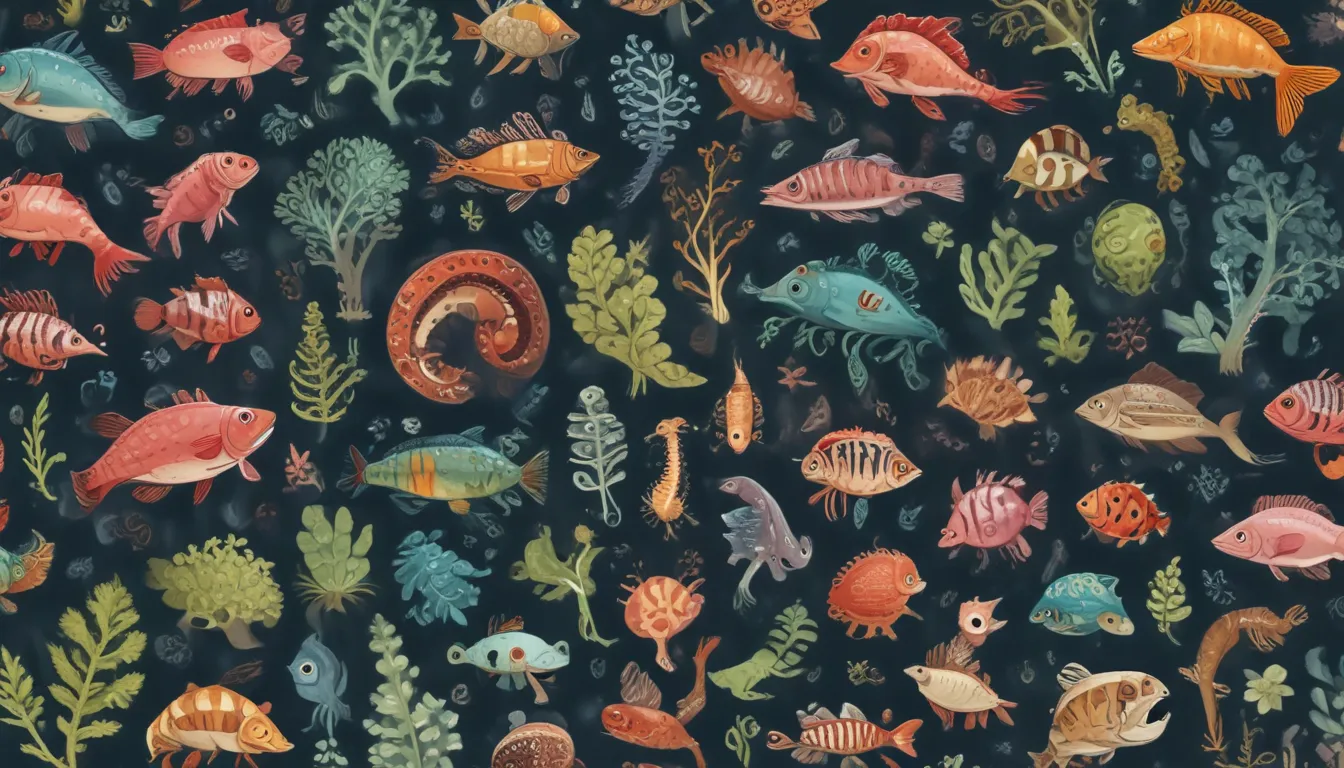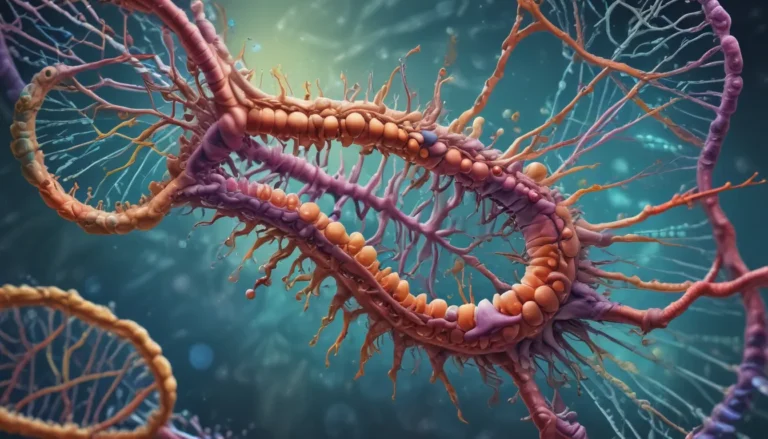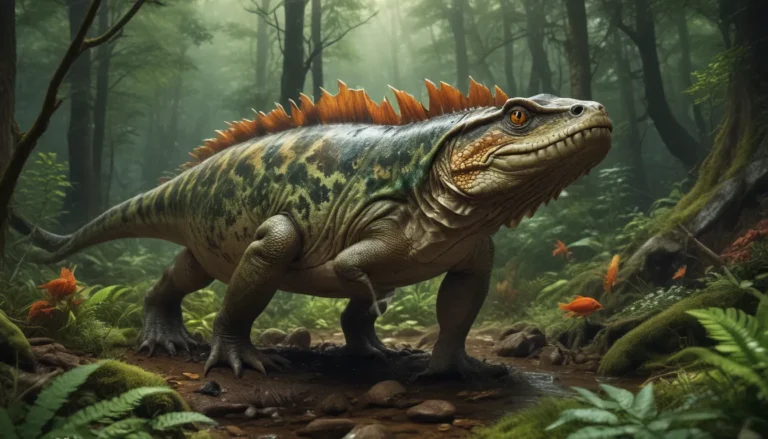A Note About Images: The images used in our articles are for illustration purposes only and may not exactly match the content. They are meant to engage readers, but the text should be relied upon for accurate information.
Genetic diversity, the cornerstone of life, is a remarkable and essential aspect of the natural world. It shapes the characteristics and traits of living organisms, providing insights into evolution, adaptation, and the health of ecosystems. In this enlightening article, we will uncover 17 extraordinary facts about genetic diversity that illuminate its complexity and beauty.
Unveiling the Marvels of Genetic Diversity
Genetic diversity is like a superhero for all living things. It helps them fight diseases, adapt to changes, and thrive in a diverse world. Protecting genetic diversity is vital for saving endangered species, cultivating healthy crops, and ensuring a brighter future for all living creatures.
The Foundation of Life: Genetic Diversity Explained
Genetic diversity encompasses the variety of genes within a species or population. It arises from mutations, genetic recombination, and natural selection, serving as a crucial factor for survival and adaptation in changing environments.
Safeguarding Against Diseases: The Protective Power of Genetic Diversity
A diverse gene pool increases the likelihood of individuals possessing genes that provide resistance to specific diseases. Populations with higher genetic diversity have lower rates of inherited disorders and exhibit better resistance to infectious diseases.
Cultivating Resilience: Genetic Diversity in Species
Species with high genetic diversity are more resilient to environmental changes and disturbances. This diversity allows for a broader range of adaptations, ensuring that some individuals within a population possess traits for survival and successful reproduction.
Nurturing Agriculture: The Role of Genetic Diversity
Genetic diversity is instrumental in agriculture, where it is utilized by plant and animal breeders to develop new crop varieties and livestock breeds that are resistant to pests, diseases, and adverse climatic conditions. Selecting for specific traits enhances productivity and sustainability in the agricultural sector.
The Essence of Conservation: Preserving Genetic Diversity
Conserving genetic diversity is essential for the long-term survival of endangered species. By maintaining a diverse gene pool, conservation efforts aim to preserve the evolutionary potential of populations and prevent the loss of valuable genetic information.
Enhancing Ecosystem Stability: The Impact of Genetic Diversity
Genetic diversity contributes to the stability and resilience of ecosystems, ensuring species have the variability needed to adapt to changing conditions and fulfill crucial ecological roles.
Human Influence on Genetic Diversity: Balancing Acts
Human activities such as habitat destruction, pollution, and overharvesting have led to a decline in genetic diversity for many species. This loss can have detrimental effects on ecosystems and threaten the long-term survival of certain species.
Measuring the Essence: Tools for Assessing Genetic Diversity
Scientists employ various tools and techniques, such as DNA sequencing, microsatellite analysis, and population genetic calculations, to measure genetic diversity. These methods offer insights into the genetic structure and variability of populations.
Evolutionary Marvels: Genetic Diversity in Action
Genetic diversity serves as the raw material for evolutionary change through natural selection. It allows for the emergence of new traits and adaptation of species to different ecological niches.
Impact on Human Health: Genetic Diversity’s Reach
Genetic variations between individuals can influence susceptibility to diseases, response to medications, and overall health outcomes. Understanding genetic diversity is crucial for personalized medicine and healthcare advancements.
An Exploration of Levels: The Diversity Spectrum
Genetic diversity can be examined within individuals, populations, species, and ecosystems, offering unique insights into evolutionary processes and ecological dynamics.
Migration’s Influence on Genetic Diversity
Migration introduces new genes to populations, increasing genetic diversity and shaping genetic structure. It plays a vital role in preventing inbreeding and maintaining genetic diversity.
Fostering Ecosystem Services: Genetic Diversity’s Role
Ecosystem services rely on diverse species communities for functions like pollination, nutrient cycling, and carbon sequestration. Genetic diversity within these communities enhances their resilience and ability to provide essential services.
Driving Speciation: Genetic Diversity and Variety
Genetic diversity underpins speciation, driving populations to diverge over time until successful interbreeding is no longer possible. This process contributes to the vast variety of life on Earth.
Bottlenecks and Beyond: Impacts on Genetic Diversity
Population bottlenecks can lead to a loss of genetic diversity, affecting populations’ ability to adapt. Understanding these bottlenecks is crucial for conservation and management decisions.
Global Concerns: Preserving Genetic Diversity for the Future
Preserving genetic diversity is a global priority for the sustainability of ecosystems, agriculture, and human health. Conservation efforts are underway to maintain and enhance diversity.
Conclusion: Embracing the Tapestry of Life
Genetic diversity is a captivating and essential aspect of the biological world. These 17 extraordinary facts shed light on its vastness and complexity. By recognizing the significance of genetic diversity, we can work towards preserving and protecting the incredible tapestry of life on Earth.
FAQs: Answers to Common Questions
-
What is genetic diversity? Genetic diversity refers to the variation in genes within a species or population, shaping the gene pool.
-
Why is genetic diversity important? Genetic diversity is vital for species’ survival, resistance to diseases, and conservation efforts.
-
How does genetic diversity affect evolution? Genetic diversity provides the raw materials for evolutionary adaptation through processes like mutation and gene flow.
-
Can genetic diversity be measured? Yes, genetic diversity can be measured using techniques like DNA sequencing and population genetic calculations.
-
How does human activity impact genetic diversity? Human activities can reduce genetic diversity through factors like habitat destruction, affecting ecosystems.
-
Can genetic diversity be restored? Efforts to restore genetic diversity include reintroducing diverse individuals and protecting habitats for natural gene flow.
-
Are humans genetically diverse? Yes, variations in genes contribute to genetic diversity among humans, influencing traits and health outcomes.
-
How do scientists study genetic diversity? Scientists study genetic diversity through techniques like DNA sequencing and comparing genetic data across populations.
-
What are the implications of low genetic diversity? Low genetic diversity can lead to inbreeding, increasing vulnerability to diseases and reducing adaptability.
-
How can individuals contribute to genetic diversity conservation? Supporting conservation initiatives and promoting sustainable practices can help preserve genetic diversity.
Genetic diversity is a fascinating realm with endless wonders to explore. Delve further into the intricacies of conservation efforts, gene flow, and the mysteries of recombination. Each facet offers a unique perspective on the marvels of life, enriching our understanding of the natural world and its intricate mechanisms.
Our dedication to delivering engaging and reliable content drives us to provide exceptional insights on genetic diversity. Each fact shared on our site is a contribution from real users, ensuring a wealth of diverse and credible information. Trust in our pursuit of quality and authenticity as you journey through the depths of knowledge with us.






